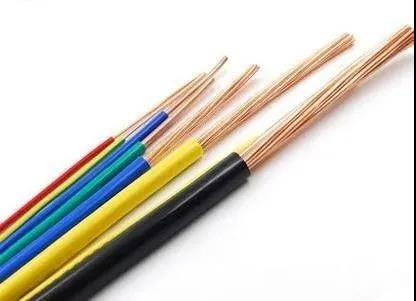Shielded cable refers to a overhead cable with electromagnetic induction shielding characteristics that is manually braided by iron wire or covered by steel tape. It is suitable for transformers and similar machinery and equipment that must be shielded from electromagnetic induction signals. Cable shielding means that the braided wire of the net-like structure on the surface of the cable has been grounded at a single end, which can make the external electromagnetic wave radiation and electromagnetic field radiation source immediately enter the ground without affecting the inner cable.
Generally used for routes with high frequency and low data signal pulse signals, such as cable digital TV, the wires from the inverter to the motor, analog input wires, and some influential transmission routes, such as electronic computer shielded cables Wait. As long as the cables with shielding layer are called shielded cables, power engineering cables and control cables can all be shielded. Computers and dashboard cables are generally shielded to avoid the influence of external electromagnetic signals.

Shielded cables are suitable for motor connection cables, especially for variable frequency speed regulators and servo motor drives. They are based on all polyurethane material sheaths and copper core cable insulation applications. They are suitable for cable drag chains, especially when applicable. It is used in extremely harsh software environment and places with corrosive coolant and grease.
In the case of single-ended grounding of the shielding layer, there is an induced voltage between the non-grounded metal shielding layer and the ground. The induced voltage is positively related to the length of the cable, but the shielding layer has no electric potential difference electric field basis. Single-ended grounding is to use the potential difference to suppress the potential difference to eliminate the interference signal. ? This kind of grounding method is suitable for short and long routes, and the induced voltage corresponding to the length of the cable cannot be higher than the working voltage. The existence of electrostatic induction induced voltage
